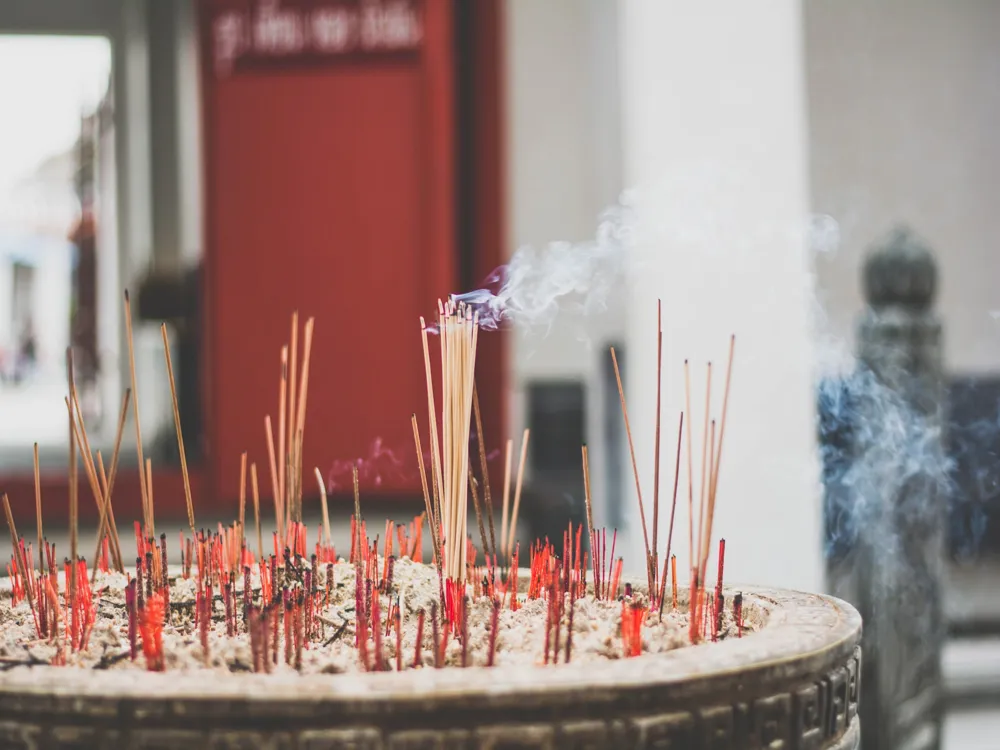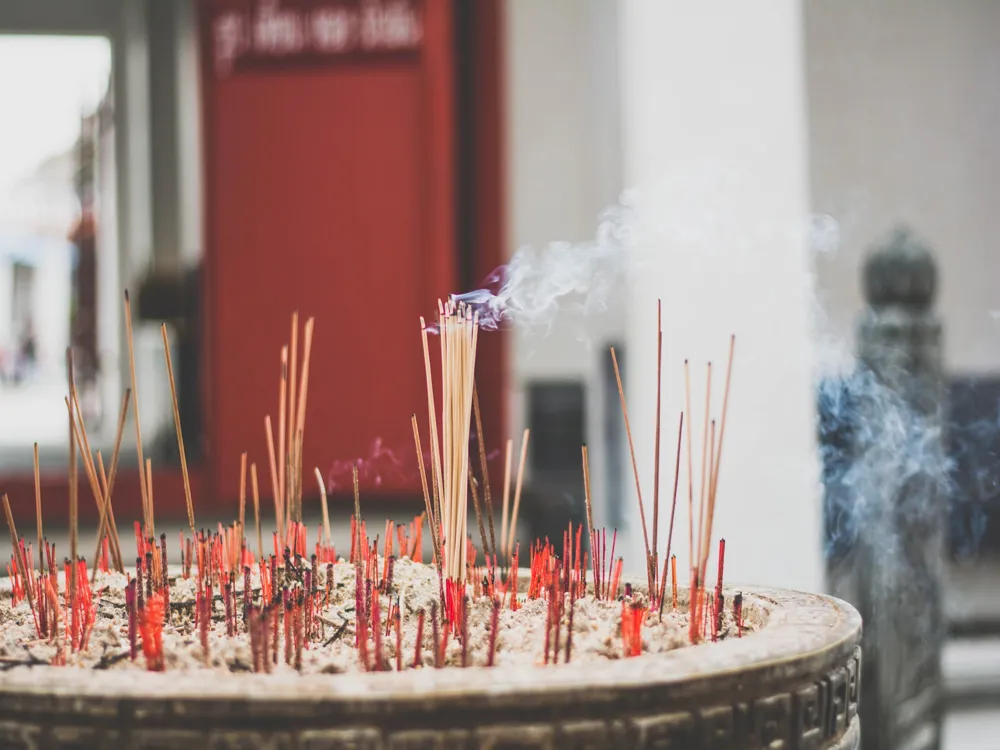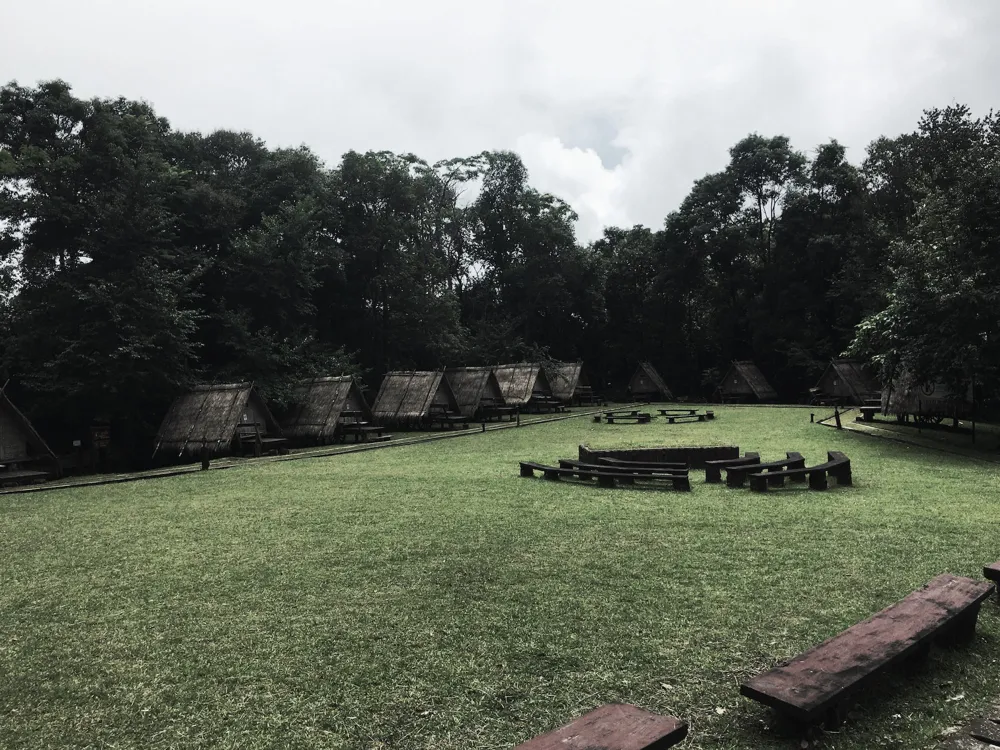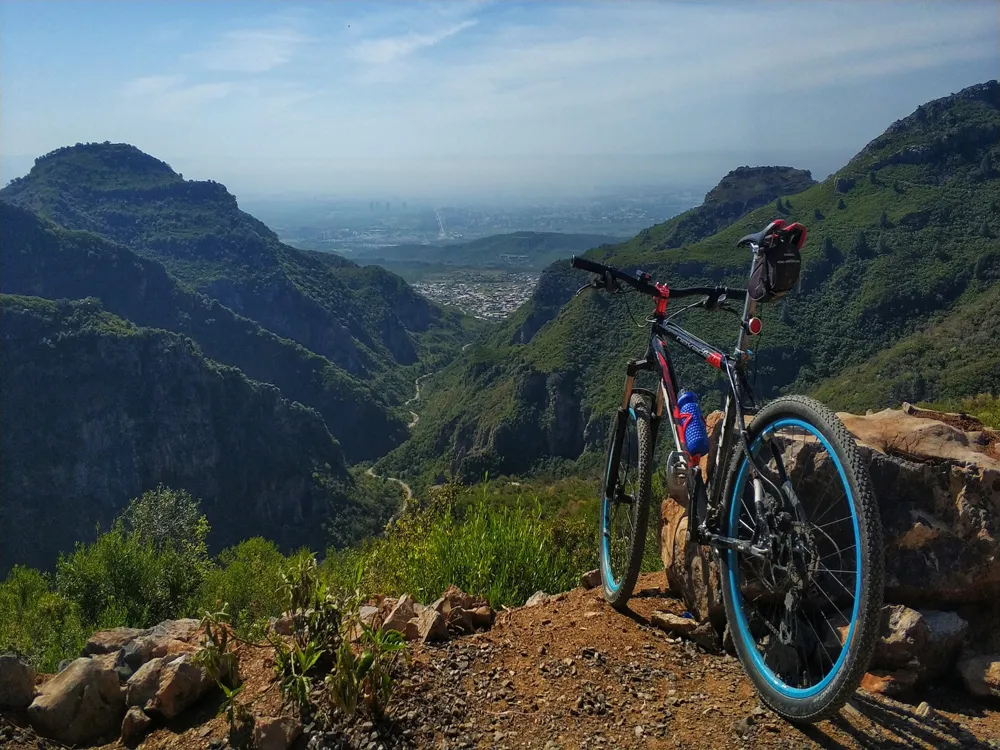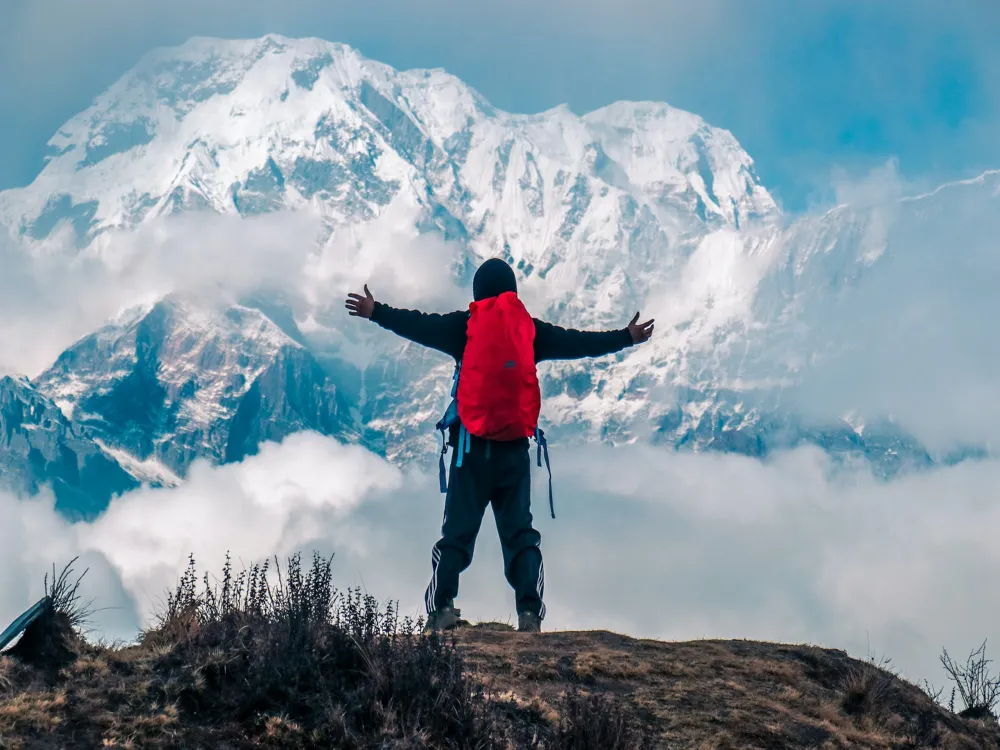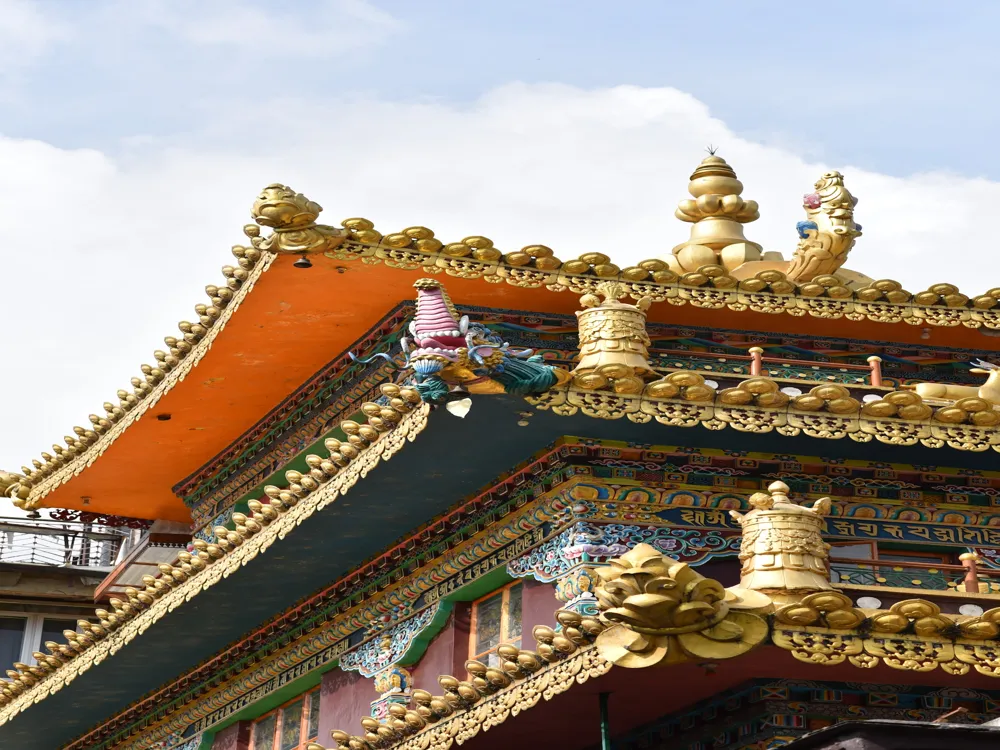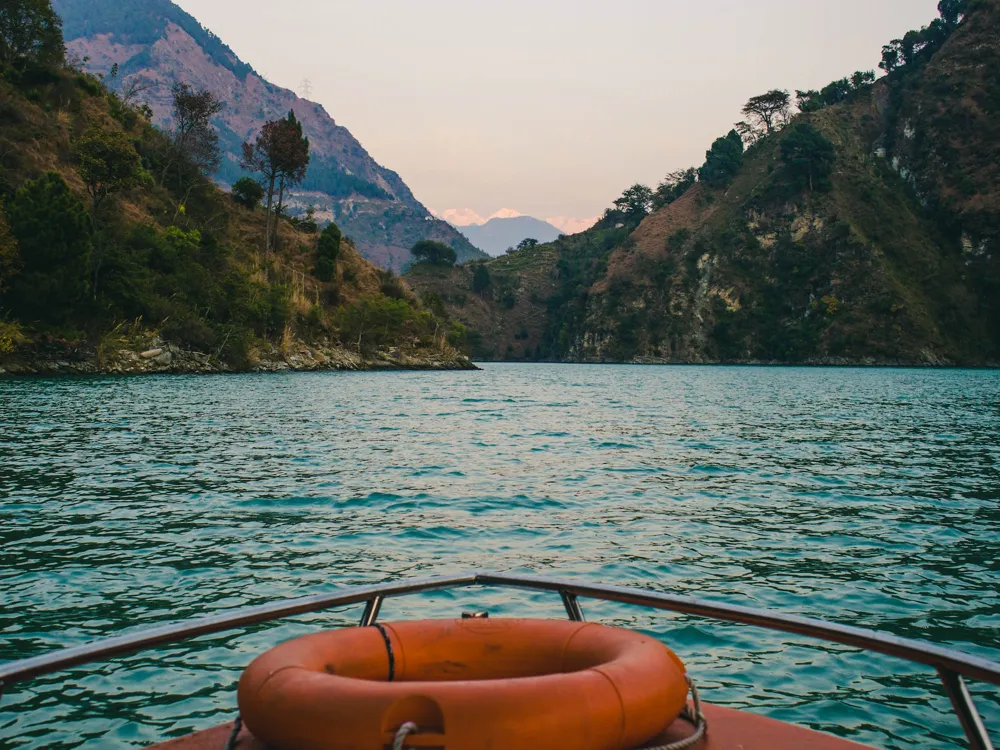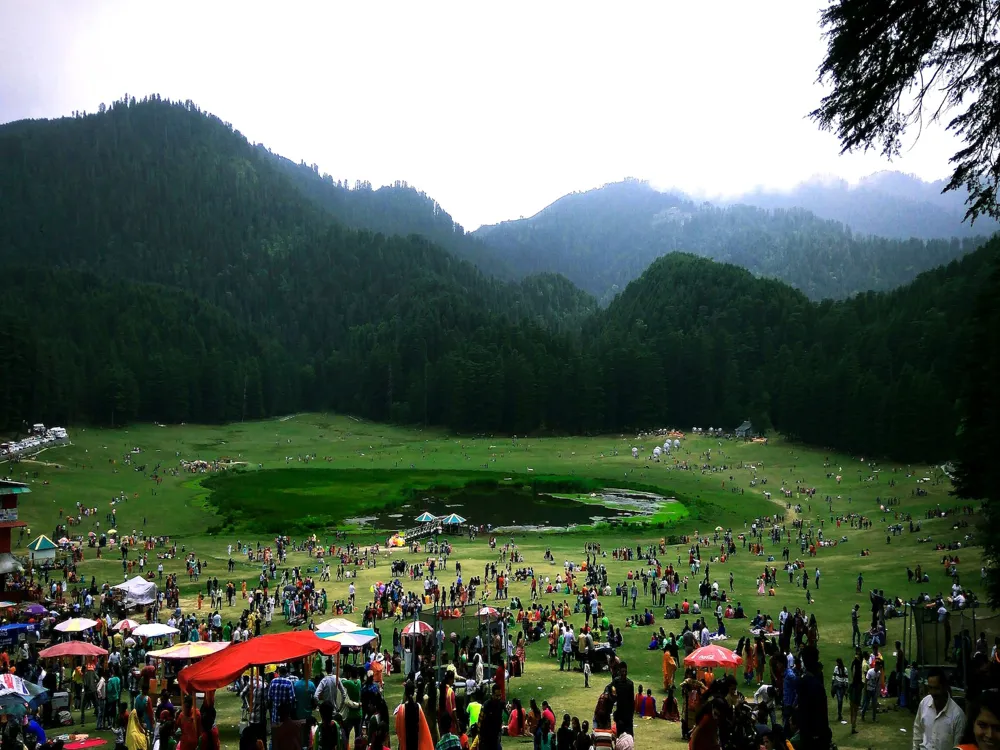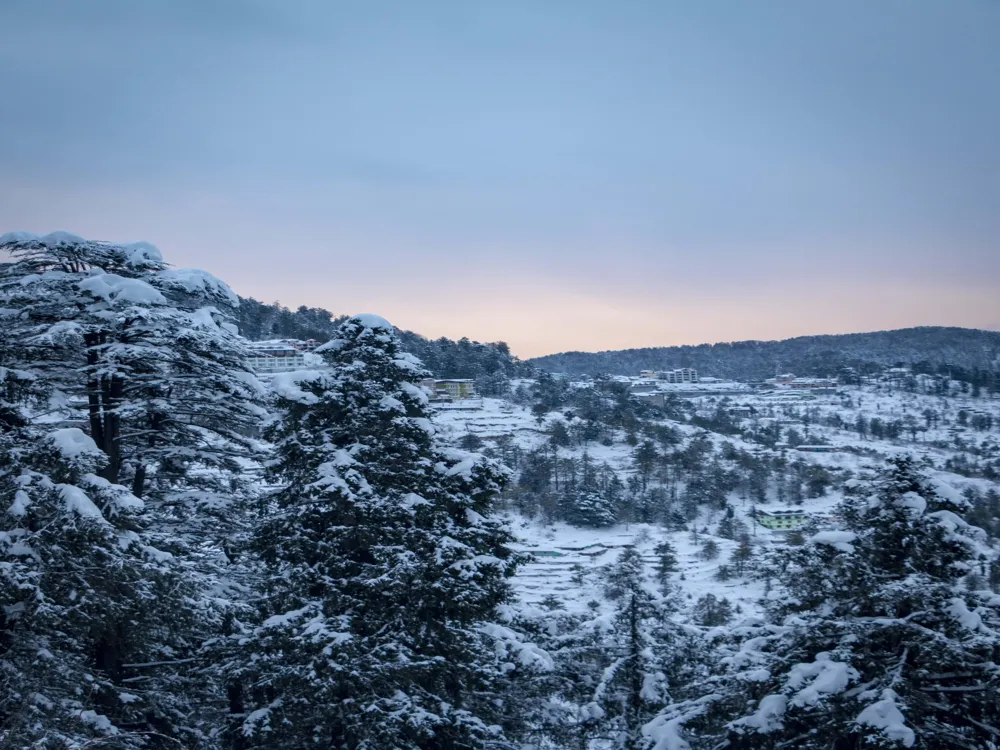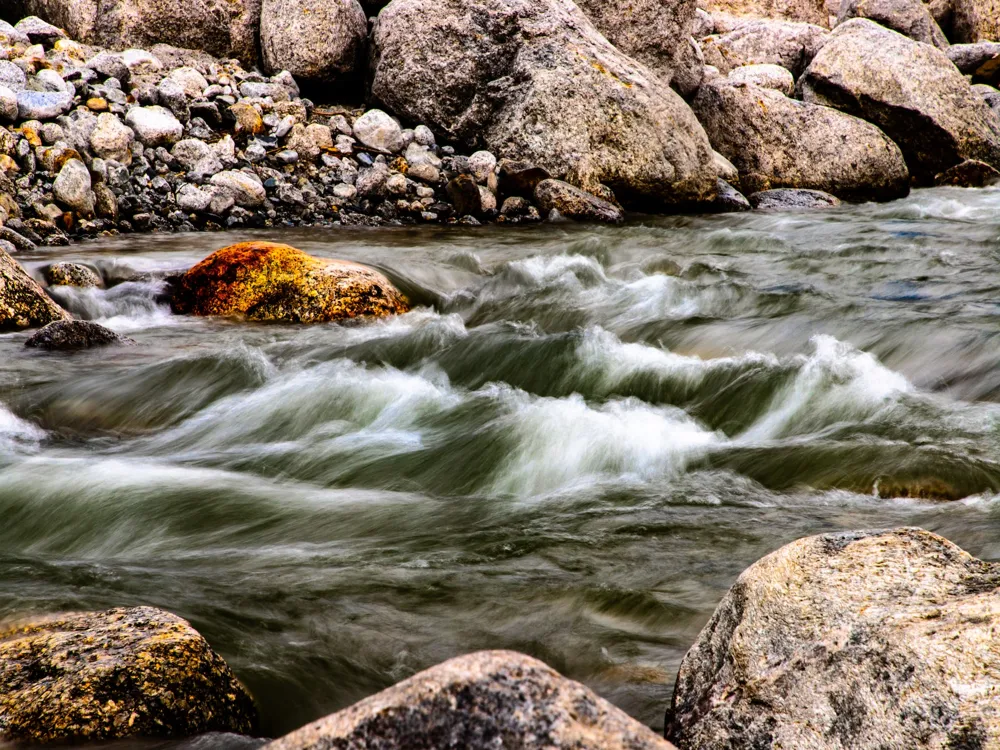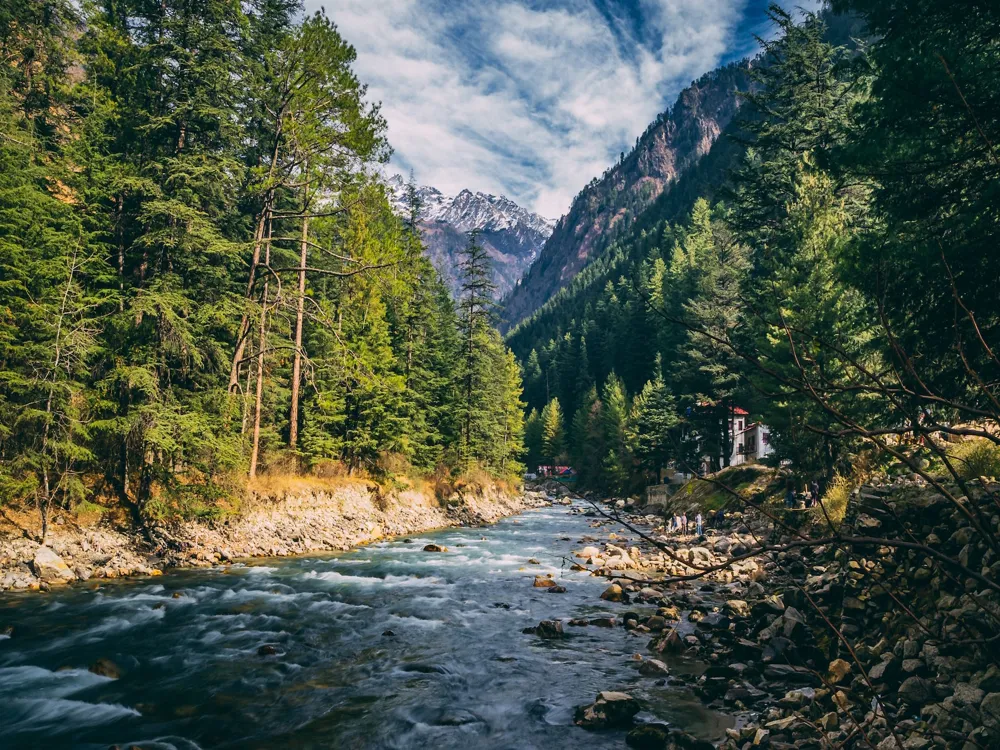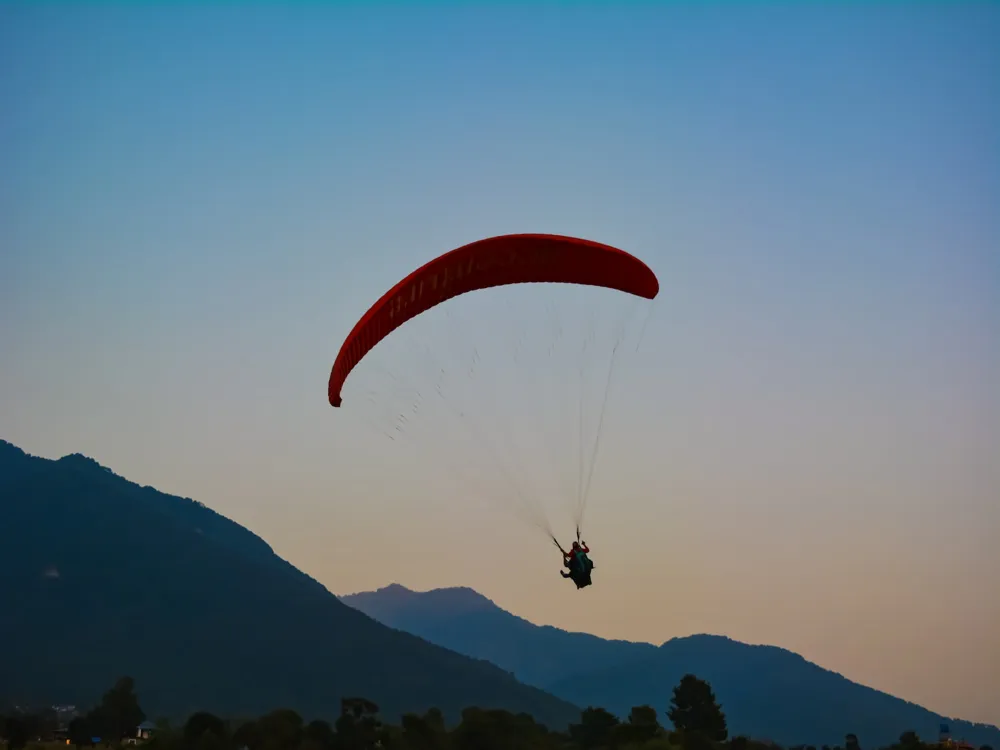Masrur, located in the picturesque Kangra valley of Himachal Pradesh, India, is an ancient archaeological site that dates back to the 8th century. This historical gem is renowned for its rock-cut temples which are a testament to the ingenuity and craftsmanship of the period. Often compared with the more famous Ellora Caves in Maharashtra, Masrur's temples stand out as a unique example of monolithic structures in the northern part of India. The site, surrounded by the majestic Dhauladhar range, offers not just a spiritual journey through India's past but also a breathtaking natural landscape. The origin of Masrur is shrouded in mystery and legend. Historians and archaeologists believe that these temples were built by an enigmatic group of artisans whose identity remains largely unknown. The temples are predominantly dedicated to Hindu deities, with the central shrine being dedicated to Lord Shiva. This historical marvel is not just a religious site but also an embodiment of the cultural and architectural heritage of ancient India. The intricate carvings and the monolithic architecture speak volumes about the advanced state of art and engineering during that era. Despite its historical significance and architectural brilliance, Masrur is relatively lesser-known, making it a serene and unspoiled destination for those seeking to explore India's ancient heritage. The temples at Masrur survived through centuries, withstanding natural calamities like earthquakes, which partly damaged the complex. Today, it stands as a proud reminder of India’s rich past, inviting historians, archaeologists, and travelers from all over the world to witness its grandeur. The architecture of Masrur is a significant exemplar of rock-cut architecture in India. Carved out of a single monolithic rock, the temples at Masrur are an astonishing feat of engineering and artistry. The complex comprises a group of 15 rock-cut temples, displaying a mix of Hindu and Buddhist architectural styles. This synthesis is a beautiful representation of the religious tolerance and cultural amalgamation prevalent during that period in India. The central theme of the temple carvings is Hindu mythology, with intricate sculptures of gods and goddesses adorning the walls. The shikhara (spires) of the temples, though partially damaged, reflect the Nagara style of architecture, characterized by beehive-like structures with multiple layers diminishing in diameter as they ascend. Each temple within the complex has a sanctum sanctorum, a mandapa (pillared hall), and a portico, leading to an awe-inspiring layout that leaves visitors mesmerized. The most striking feature of Masrur’s architecture is the precision with which the temples have been carved. The detailed sculptures and the overall design suggest a high level of sophistication in both planning and execution. The rock-cut style also indicates the influence of Ellora and Elephanta caves, yet Masrur has a distinct identity with its unique blend of artistic elements. The site provides a rich canvas for understanding the evolution of temple architecture in India. The ideal time to visit Masrur is from September to June when the weather is pleasant. The monsoon season, from July to August, is best avoided due to heavy rainfall which can make accessibility difficult. Visitors are advised to dress modestly and maintain the sanctity of the temple complex. It’s important to remember that Masrur is not just a tourist attraction but a place of historical and religious significance. For photography enthusiasts, the golden hours of early morning and late afternoon are ideal for capturing the beauty of the temples. Tripods are recommended for better stability and precision in your shots. Opting for a guided tour can enhance your experience, as local guides are well-versed in the history and legends of Masrur. They can provide insights that are not readily available in guidebooks. Carry water, sunscreen, hats, and comfortable walking shoes. The area around the temples can be uneven and rocky, so appropriate footwear is essential for a safe and comfortable visit. Masrur is well-connected by road and is accessible from major cities of Himachal Pradesh and neighboring states. The nearest airport is at Gaggal, about 40 km away, while the closest railway station is at Pathankot, approximately 90 km from Masrur. Buses and taxis are readily available from these points to reach Masrur. For those driving, the journey through the scenic Kangra valley is an experience in itself. Read MoreOverview of Masrur in Kangra, Himachal Pradesh
Architecture of Masrur
Tips When Visiting Masrur
Best Time to Visit
Respecting the Site's Sanctity
Photography Tips
Guided Tours
Travel Essentials
How To Reach Masrur
Masrur
Kangra
Himachal Pradesh
NaN onwards
View kangra Packages
Kangra Travel Packages
View All Packages For Kangra
Top Hotel Collections for Kangra

Private Pool

Luxury Hotels

5-Star Hotels

Pet Friendly
Top Hotels Near Kangra
Other Top Ranking Places In Kangra
View All Places To Visit In kangra
View kangra Packages
Kangra Travel Packages
View All Packages For Kangra
Top Hotel Collections for Kangra

Private Pool

Luxury Hotels

5-Star Hotels

Pet Friendly







